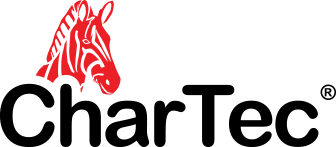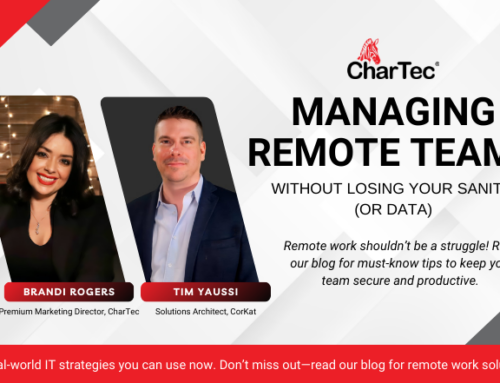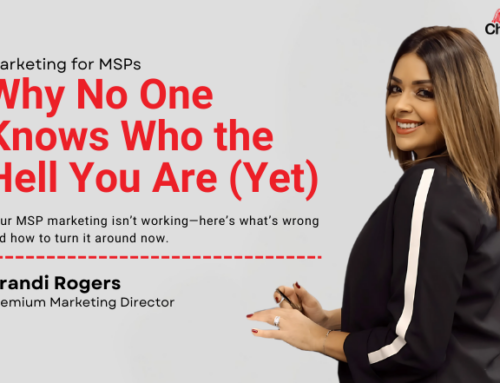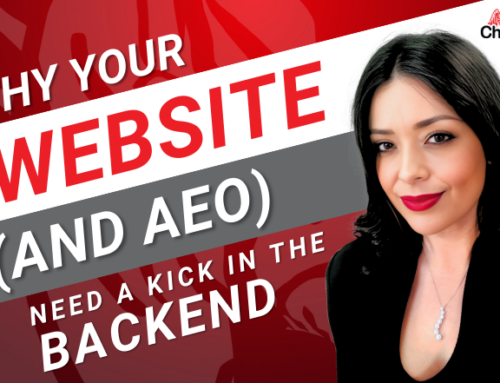There’s a lot going on in the world of social media, and as a small business, it can often feel like too much effort for not a whole lot of return. There are just so many profiles to keep up with and so much content to manage that there’s simply not enough time in the day to do it all.
Because of this, it can be rather tempting to replicate content for each profile your business manages. As long as something gets out there it’s all good, right? Well, it depends on what you have pictured for your social media presence.
If you want a massive following, replicating content from one account to the next won’t do you any favors. In fact, you might even lose followers because of it. Sure, if you find certain platforms are less active than others, you can replicate some content for them (for example, replicating your Facebook content for Twitter because your Twitter feed isn’t very active – even with unique content).
But to really hit it out of the park with social media, you’ll need to stand out from the herd and stay in tune with the type of content expected from each platform.
Facebook has been around for some time now, and it’s not going to be leaving us anytime soon. However, over the last 12 years or so, Facebook has changed significantly and has done a lot for businesses in the process. This platform gives businesses a website when they don’t have one; it gives businesses a way to advertise in a simple, yet targeted way, and it gives businesses a seamless line of communication with consumers.
When it comes to Facebook, though, amassing a solid following might not happen for every business, and just like every other platform, what, when, and why you share content should differ depending on your target market, current followers, and workplace culture.
For many smaller businesses, Facebook acts as your internal platform. In other words, it’s more for family, friends, and community than anything else. You should share updates and pictures of your staff doing fun things at work and provide details and videos of events you’ve attended within the community (and never forget to tag, tag, tag…). When you do decide to share news-worthy or industry-relevant content within your page, it should be short and sweet. People don’t expect to see paragraphs of information on their Facebook feed, and if they do, it can come off as pushy and annoying. Instead, share plenty of quick videos and informative “lists” (think Buzzfeed).
LinkedIn is an interesting platform. Unless you’re an influencer, is it really possible for you to acquire a massive following for your business? Maybe, maybe not. Either way, this platform is all about solid, interesting, and educational content. If you share something you might find on a personal Facebook feed, you will be ridiculed for it. There are no ifs, ands, or buts about that one.
Instead, share content that will help people do more within your industry or within the business world in general. And don’t be afraid to compliment this content with a lengthy post and your own take on things. The more genuine you are and the more useful your content is, the more likes and shares you’ll receive.
Every day, more and more people find their way to Instagram. This platform can be anything you want it to be – a link to your blog, a way to sell your products, or a home to your creativity. And unlike some of these other platforms, developing a massive following as a small business is entirely possible. To do this, however, you have to experiment with absolutely everything… hashtags, tags, timing, filters, photos, commenting, how, when, and why you like and follow others, and how to give your profile a specific “look.”
It only takes a few seconds for someone to determine whether or not to follow you. If they somehow find a photo of yours (thanks to your strategic hashtagging, tagging, and timing) and they like it enough to check out your page, they’ll start things off with a quick glance. If you have a specific look to your account, then they’ll know what to expect from your feed. If they like the flow, then they’ll follow you. However, if your feed is sporadic and jumps back and forth between filters and focuses on too many areas, they won’t follow you. Here are a few ideas of what a stylized profile can look like:
The same is true for Twitter as it is for LinkedIn… it can be hard to acquire a massive following if you aren’t an influencer of some sort (celebrity, public figure, socialite, popular brand, etc.). However, for smaller businesses, it’s still a great platform to share event updates and promotions. Because of this, it’s important to get as many current customers, vendors, and partners to follow you as possible. Do this and you’ll have a quick (and free) way to market certain aspects of your business.
On the flip side, though, you could always shoot for the stars, tweet up a storm, and hope for followers to overwhelm you. But, if you see no responses, retweets, or likes for days at a time, don’t waste too much time on this platform. Your time could be spent better elsewhere, like creating unique, share-worthy content for Instagram and Facebook or spreading your wisdom on LinkedIn.
Snapchat
Snapchat can be a lot of fun, but it’ll take a lot of marketing to get your business out there. Since users aren’t exactly searchable like LinkedIn or Facebook, you’ll have to spread your Snapcode any way you can, like on other social platforms, digital signage, or flyers.
Once you do get the ball rolling, you’re going to need to decide what your Snapchat is for – daily thoughts, behind-the-scenes looks, creative ideas, funny moments, or whatever. But just like Instagram, you’ll have to pick a theme and stick with it. People will start to expect certain posts from you, and if they see something they don’t expect and end up not liking it, they’ll stop watching your snaps or unfollow you altogether.







Leave A Comment